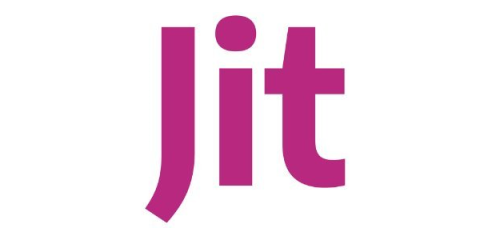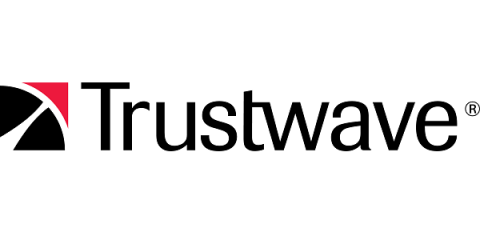AsyncRAT Exposed: Investigating Email-Driven Cyber Attacks
Introduction AsyncRAT, also known as "Asynchronous Remote Access Trojan," represents a secretive form of malware meticulously crafted to infiltrate computer systems and exfiltrate critical data. Recently, McAfee Labs unveiled a novel avenue through which this insidious threat proliferates, elucidating its inherent peril and adeptness at circumventing security measures.











